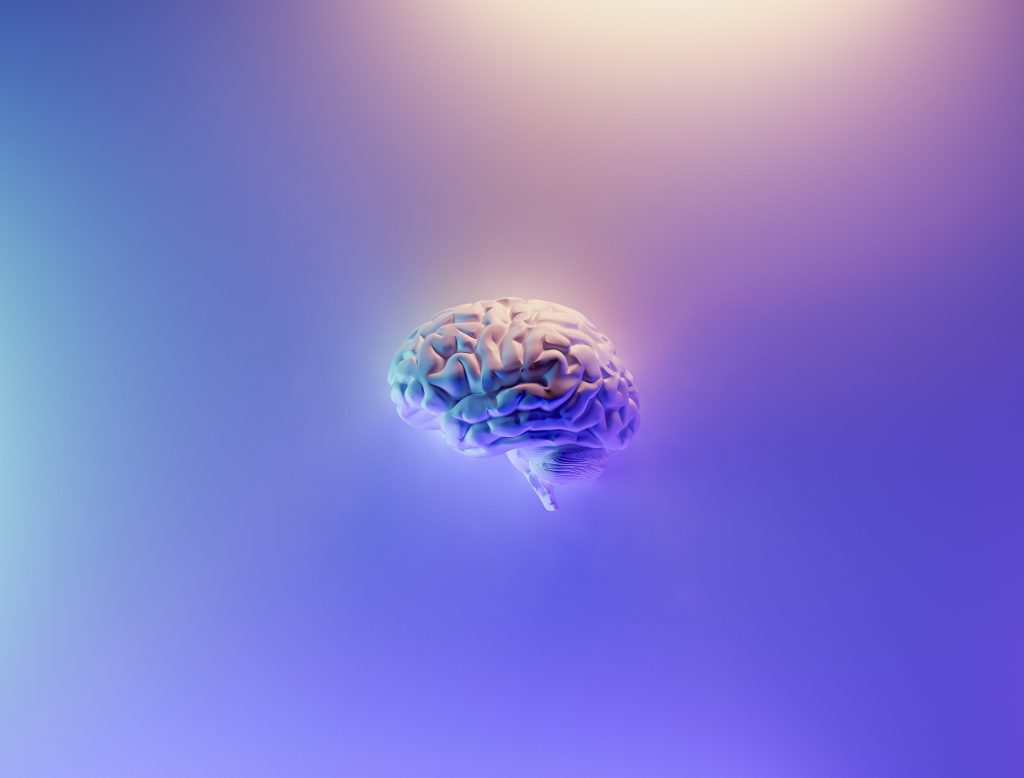Sound healing, an ancient practice rooted in various cultural and spiritual traditions, has found itself under the scrutiny of modern scientific investigation. The intersection of traditional wisdom and empirical inquiry has given rise to a burgeoning field that seeks to unravel the mysteries of how sound affects the human body, mind, and spirit.

Historical Foundations:
The resonance of sound healing dates back centuries, embedded in cultures where chants, mantras, and music were acknowledged as potent tools for well-being. Yet, in contemporary times, the scientific community has begun to explore, validate, and expand upon these age-old practices.
The Physiology of Sound:
At its core, sound healing operates on the principle that sound is a vibrational force that can influence the vibrational nature of our cells and energy fields. Numerous studies delve into the physiological responses triggered by sound, examining its impact on heart rate, blood pressure, brainwave patterns, and the release of neurotransmitters. For instance, research has shown that specific frequencies can induce a relaxation response, promoting a state of calm and reducing stress.
Neurological Insights:
Advancements in neuroimaging technology have allowed researchers to peer into the brain’s response to sound. Functional magnetic resonance imaging (fMRI) studies reveal how certain sounds can activate different regions of the brain, impacting mood, cognition, and emotional states. The intricate dance between sound and the brain sheds light on the potential therapeutic applications of sound healing for conditions like anxiety, depression, and cognitive disorders.

The Resonance of Solfeggio Frequencies:
Solfeggio frequencies, a set of ancient musical tones, have garnered attention for their purported healing properties. Studies exploring the impact of these frequencies on the body’s energy centers, or chakras, have provided intriguing insights. Research suggests that exposure to specific frequencies might stimulate and balance these energy centers, contributing to overall well-being.
The Role of Music Therapy:
In the realm of sound healing, music therapy emerges as a dynamic modality. Rigorous research supports the therapeutic benefits of music in various clinical settings. Whether it’s using music to reduce pain perception, improve mood in psychiatric patients, or aid in rehabilitation, the evidence underscores the multifaceted potential of sound as a healing force.
Quantum Perspectives:
Delving into the quantum realm, some researchers explore how sound interacts with the subtle energies that underlie our physical reality. This involves investigating the impact of sound on the biofield, the energy matrix that envelops and interpenetrates the body. While this avenue of research is more exploratory, it opens doors to understanding the profound interconnectedness of sound and our energetic essence.

Challenges and Future Directions:
Despite the growing body of research, challenges persist. Variability in study methodologies, limited standardization, and the subjective nature of many outcomes pose hurdles. As the field evolves, researchers are addressing these challenges, working towards more robust methodologies and larger-scale trials.
In conclusion, the synthesis of ancient wisdom and contemporary science in the realm of sound healing is an ongoing, fascinating journey. While acknowledging the strides made in understanding the therapeutic potential of sound, researchers and practitioners continue to explore, refine, and expand the frontiers of this harmonious field.



